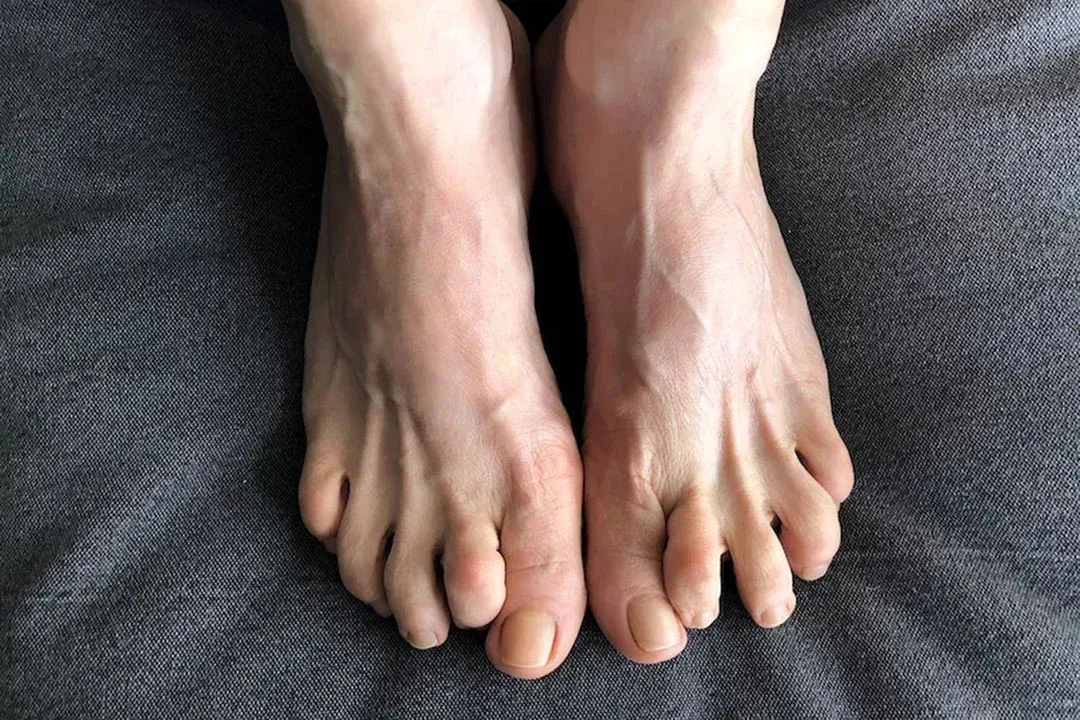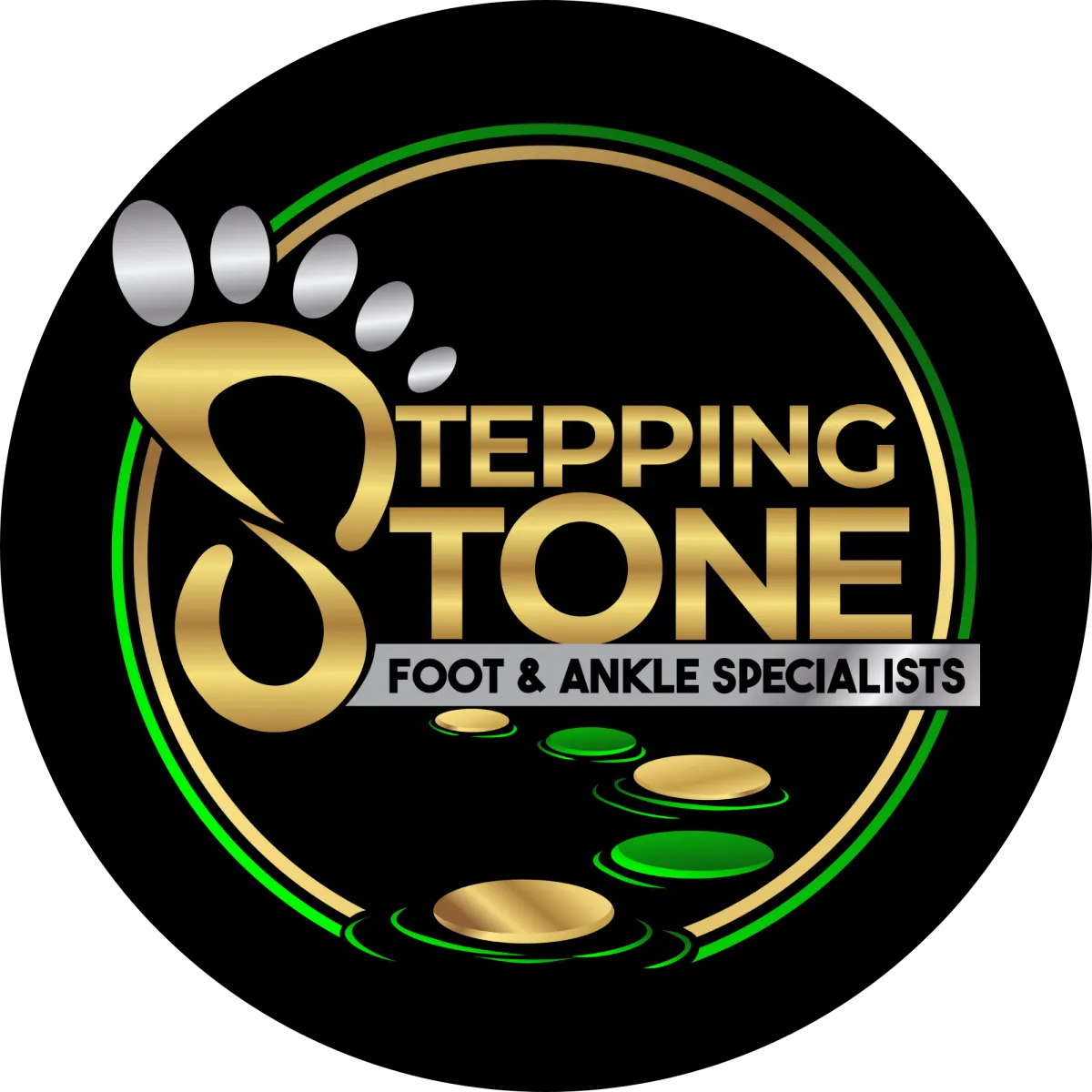
Hammertoes can be flexible or rigid in nature. If they are rigid, it is not possible to straighten the toe out by manipulating it. They tend to slowly get worse with time and often flexible deformities become rigid. Frequently hammertoes develop corns or calluses (a buildup of skin) on the top, side, or end of the toe, or even between two toes. These may be soft or hard, depending upon their location. Corns and calluses can be painful and make it difficult to find a comfortable shoe, but even without corns and calluses, hammertoes can cause pain because the joint itself may become dislocated.
The first method of treating hammertoes begins with accommodating the deformity, and is indicated in mild deformities and functional abnormalities. The goal is to reduce friction and relieve pressure on the painful area
Conservative treatments for hammertoes are often limited because they cannot correct the bone deformities involved. There is no way to stop the progression or reverse the deformity without literally moving the bones back into the correct position and realigning the joint. This can only be accomplished with surgery. If conservative treatment fails or the hammertoes progress to the point where conservative treatment is no longer a viable option, surgical intervention may be needed to correct the deformity..
Both techniques involve performing arthroplasties and correction of the deformity involves working on the bones and soft tissues. In the traditional approach, range of motion is limited or absent due to the fusion of the joints. In the minimally invasive technique, one of the goals is to preserve the joints and as a consequence, range of motion is usually maintained. Because the minimally invasive techniques are less traumatic, and the recovery time shorter, most patients prefer this method of correction. Each patient is unique, however, and the doctor will discuss which technique he or she feels best suits the patient for optimal outcome.
Open or traditional surgical correction techniques involve larger incisions to perform the arthroplasty or arthrodesis (joint fusion) for repositioning the bones of the contracted digit which involves taking out the joint in the toe and then straightening the toe. Often a pin or other hardware is used to stabilize the toe. In many cases, the toe joint is fused (arthrodesis). These techniques require sutures.
Incisions used in minimally invasive or minimal incision percutaneous surgery are much smaller, usually a few millimeters in length. Surgeons use instruments specifically developed for these techniques which enable them to do all of the work through these small incisions.
Surgery is performed under Fluoroscopic viewing. There is generally less trauma to the tissue and surgical times are lessened with this technique, reducing pain and recovery time. Less suturing is necessary and often times no sutures are used. MIS surgeons are able to rely on a compression dressing for stabilization immediately after surgery, eliminating the need for pins or screws. It is unnecessary to fuse the toe joints. Postoperative patients ambulate immediately and are often placed in a surgical shoe or boot to aid ambulation.
Getting back into regular type shoes depends on rate of healing and amount of swelling, which is very individual. You will have a bulky dressing the first week. Dr. Le usually likes to see you back at the clinic after two to three days for redress, if physicality allows, or 5 days after surgery for our out-of-town patients. In one week your dressing is changed to band-aids or bandage strips which you yourself change daily. This dressing is worn three to four weeks. No dressing is usually required after this.

Stepping Stone Foot & Ankle Specialists
170 N. Henderson Road,
Suite 310, King of Prussia
PA 19406-2155

